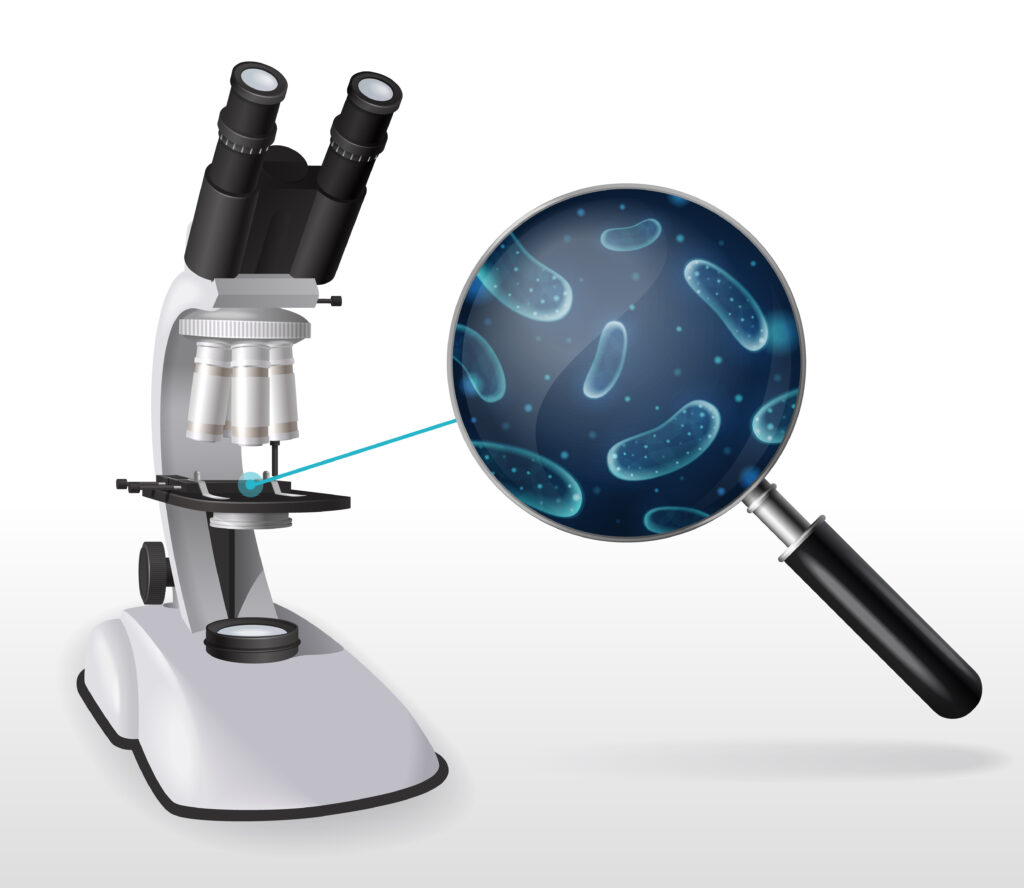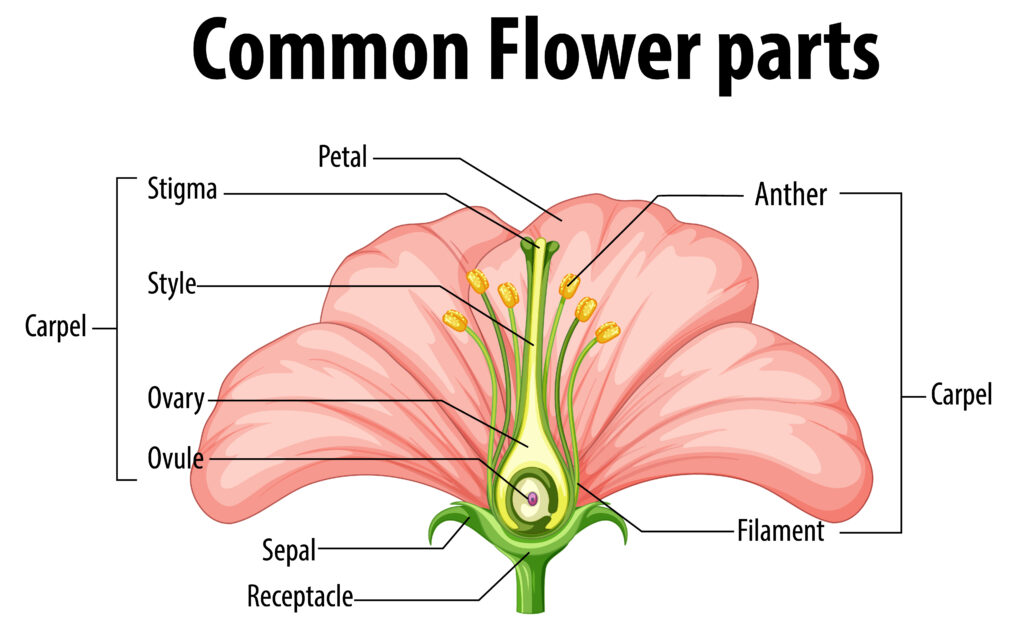Microorganisms: Friends and Foe
Discover the fascinating world of microorganisms through interactive experiments. Learn about beneficial and harmful microbes, fermentation, and plant-microbe interactions.
Help & Instructions
▼- Microscope Exploration: Observe different microorganisms found in pond water
- Fermentation Experiment: See how yeast ferments flour and produces gas
- Root Nodules Study: Explore the symbiotic relationship between plants and bacteria
- Use the observation buttons to learn more about each experiment
- Identify different types of microorganisms
- Understand the process of fermentation
- Learn about nitrogen fixation in root nodules
- Differentiate between beneficial and harmful microbes
Microscope: Pond Water Observation
Observe different microorganisms found in a drop of pond water under the microscope.
Fermentation: Yeast Activity
Observe how yeast ferments flour dough and produces carbon dioxide gas.
Root Nodules: Plant-Bacteria Symbiosis
Study the root nodules of a legume plant and their role in nitrogen fixation.
Microorganisms are tiny living organisms that are too small to be seen with the naked eye. They include bacteria, viruses, fungi, protozoa, and algae. While some microorganisms can cause diseases, many are beneficial and essential for life on Earth.
The Biology of Microorganisms
Microorganisms can be classified into several groups:
- Bacteria: Single-celled organisms found in diverse environments
- Fungi: Include yeasts, molds, and mushrooms
- Protozoa: Single-celled animals that often live in water
- Algae: Photosynthetic organisms found in aquatic environments
- Viruses: Non-living particles that require host cells to reproduce
Many microorganisms play crucial roles in ecosystems and human life:
- Yeast in bread making and alcohol production
- Bacteria in yogurt and cheese production
- Nitrogen-fixing bacteria in legume root nodules
- Decomposers that break down organic matter
- Microbes used in medicine (antibiotics) and biotechnology
Some microorganisms can cause diseases in plants, animals, and humans:
- Pathogenic bacteria causing tuberculosis, cholera, etc.
- Viruses causing influenza, COVID-19, etc.
- Fungi causing athlete's foot and ringworm
- Protozoa causing malaria and amoebic dysentery



